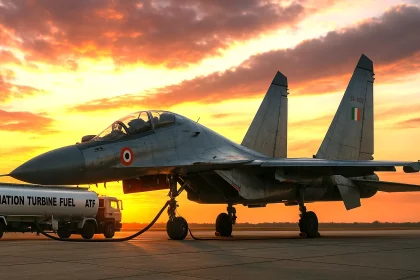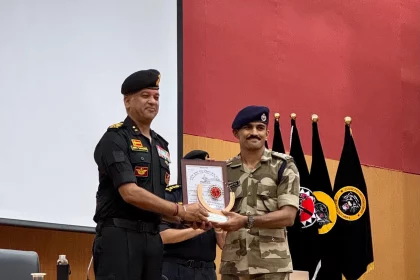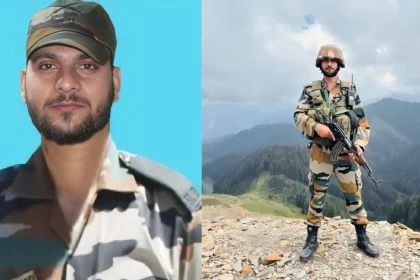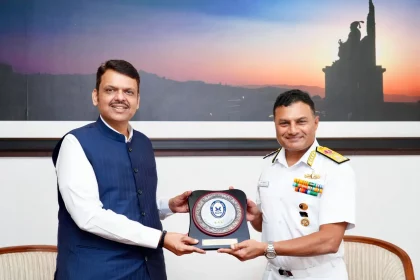Valediction Ceremony Held for Air Traffic Management & Surveillance Courses at ATCOTE
The graduates of these courses are now better prepared to take on responsibilities in Air Traffic Control, Airspace Surveillance, and…
What Fuel Do Fighter Jets Use and How Much Does 1 Litre Cost?
Jet fuels are refined from crude oil through distillation, producing kerosene cuts that are hydrotreated for purity.
Assistant Commandant Aishwarya Upadhyay Emerged as the Best Commando Amomg All Forces in Prestigious NSG Commando Course
CISF Officers Excel in India’s Toughest NSG Commando Training, Aishwarya Upadhyay Honored as Best Commando.
Army’s Lance Dafadar Baldev Chand Martyred in Udhampur Encounter
Udhampur Encounter Highlights Ongoing Security Challenges in Jammu Division.
Imphal Company Clinches Victory at IMA Inter-Company Cross Country Championship
Imphal Company Shines as Champion at IMA Dehradun, Demonstrating Endurance, Teamwork, and Officer Cadets’ Zeal.
Vice Admiral Krishna Swaminathan Meets Maharashtra CM Devendra Fadnavis to Review Maritime Security
Discussions Focus on Coastal Security and Civil-Military Cooperation in Maharashtra.






